Live music highlights for the week of August 9, 2017
WEDNESDAY 8/9
POST-PUNK
CHASTITY BELT
Chastity Belt is an awesome name for a four-piece, all-female indie-punk band. Also, the band has the best song titles, like “Giant Vagina” and “Pussy Weed Beer” and their 2013 album is called No Regerts (like when you realize there’s a typo in your tattoo, get it?) Let’s not forget their “awkward family portrait” style band photos, which are spectacular. But underneath all that snark is a great and very sweet band. One of their friends penned a description of their new album in which he remarked on how shocked he was when he toured with them and learned that they would take turns complimenting each other. Their truly genuine, open qualities floored him. It’s in the music too, if you look. AARON CARNES
INFO: 9 p.m. Crepe Place, 1134 Soquel Ave., Santa Cruz. $12. 429-6994.
WEDNESDAY 8/9
ROCK
DELTA BOMBERS
Bust out the hair wax and cuff your jeans, because the Delta Bombers are returning to get those blue suede shoes a-shakin’. Since 2008, the Las Vegas quartet has been rocking and rumbling a greased-up mix of punk and rockabilly to audiences at home and throughout the world. Between tours, the boys have managed to continue releasing material like 2014’s self-titled album and 2015’s record, Live, which captures the band’s high-octane energy as they rip through fan favorites. This year, they dropped a new single, “Good Disguise,” on seven-inch vinyl with an accompanying video that is just as hilarious as it is honky-tonkin’. This Wednesday, they play with local punks the Shoobies and the Defenders. MW
INFO: 9 p.m. Catalyst, 1011 Pacific Ave., Santa Cruz. $10/adv, $12/door. 429-4135.
THURSDAY 8/10
ROCK
UTURN & GARY BLACKBURN
A band on a mission to get people on the dance floor, UTURN has a self-imposed stipulation that the members won’t perform a tune unless it does just that. A local five-piece that covers tunes from a wide range of styles and eras, the band comprises Tom Duncan on drums, Dan Waller on bass, Tim McNulty on rhythm guitars, and Bud Denton and celebrated singer-songwriter Gary Blackburn on lead and rhythm guitars. Thursday’s performance, which is a benefit for Compassionate Friends, an organization that provides support to families experiencing the death of a child, also features a solo set by Blackburn. CJ
INFO: 7:30 p.m. Don Quixote’s, 6275 Hwy. 9, Felton. $10. 335-2800.
THURSDAY 8/10
REGGAE
DEZARIE
In recent years, St. Croix, U.S. Virgin Islands has become known as a reggae hotspot, driven in large part by the international success of the band Midnite, which morphed into a group called Akae Beka. One of the standouts of the extended Midnite family is Dezarie, affectionately known as the Roots Reggae Empress. A skilled vocalist and songwriter with a focus on social justice, Dezarie made a splash with her 2003 debut, Gracious Mama Africa, and hasn’t looked back. Packing a powerful one-two punch of consciousness and a clear, strong voice, Dezarie takes on topics of poverty, racial equality, self-respect, love and humankind’s existential challenges. Also on the bill: Ancestree. CJ
INFO: 9 p.m. Moe’s Alley, 1535 Commercial Way, Santa Cruz. $20/adv, $25/door. 479-1854.
FRIDAY 8/11
PSYCH-FOLK
HOD & THE HELPERS
Who the hell is Hod, and why does he need helpers? If that’s what you’re asking yourself, then let me ask you, what rock have you been living under for the past three decades? I guess what I’m saying is Hod is a Santa Cruz treasure. His bizarrely folksy, sort of lounge-y, semi-sarcastic songs are exactly the kind of eccentric musical hodgepodge that Santa Cruz is proud to cultivate in its art scene. Hod isn’t technically famous—up until recently he’d play solo as “And Hod,” an ode to being the “tack on” act—but he should be. Oh, by the way, this is his album release show. AC
INFO: 9 p.m. Crepe Place, 1134 Soquel Ave., Santa Cruz. $10. 429-6994.
SATURDAY 8/12
PSYCH-SURF
MERMEN
Since psychedelic surf music never really caught on as any kind of trend or movement, we should all just say that the previously San Francisco based, now Santa Cruz residing group the Merman, who coined this sound, just play “Mermen-sounding music.” Honestly, who else sounds like these weirdos? Since 1989, they’ve been straddling the line between Dick Dale and Mike Oldfield to the point where it’s more like “ocean” music than “surf” or “beach” music, ’cause it sounds like you left the comfort and fun of the beach and are listening to the creepy, moody open sea. Let me tell you, the music out there is very compelling. AC
INFO: 9 p.m. Moe’s Alley, 1535 Commercial Way, Santa Cruz. $12/adv, $15/door. 479-1854.
SUNDAY 8/13
RAP
2CHAINZ
Originally hitting the hip-hop scene in 1997, 2Chainz (real name Tauheed Epps), was then known as “Tity Boi,” and released an album in 2002 with the group the Playaz Circle. They began working with Atlanta rapper Ludacris, who was just breaking into the music world. After his quick rise to stardom, Luda signed the Playaz Circle to his label, Disturbing Tha Peace, where they released their 2007 album Supply & Demand. In 2011, Epps took his 2Chainz act in a more “family friendly” direction, and hasn’t looked back, solidifying his name in the Trap music world with the 2012 album Based on a T.R.U. Story. MW
INFO: 8:30 p.m. Catalyst, 1011 Pacific Ave., Santa Cruz. $45-$195. 429-4135.
MONDAY 8/14
JAZZ VOCALS/AFRO-CUBAN
DAYME AROCENA
Bay Area audiences first caught sight of Daymé Arocena two years ago, when the great Canadian soprano saxophonist Jane Bunnett toured around the region with her seminal all-female Cuban jazz band Maqueque. A powerhouse vocalist steeped in Afro-Cuban chants and incantations, Arocena was on the cusp of stardom, and now at 25 she’s becoming a global force, with an impressive new album, Cubafonía (Brownswood), that convincingly blends Cuban roots music with a panoply of styles, from New Orleans R&B to power pop ballads. ANDREW GILBERT
INFO: 7 p.m. Kuumbwa Jazz, 320-2 Cedar St., Santa Cruz. $25/adv, $30/door. 427-2227.
TUESDAY 8/15
UKULELE/POP
TAIMANE
Ukulele virtuoso Taimane is as much performance artist as musician. Possessing a fierce gift for the instrument and a stylistic range that stretches from Bach and Tchaikovsky to Led Zeppelin covers and the surf classic “Pipeline,” Taimane pushes the bounds of the instrument. She also transports listeners with her hypnotic delivery and magnetic stage presence. Hailing from Hawaii, she was a regular on the island music scene and has now emerged as one to watch on the international music scene. Her current tour includes dates performances with Michael Franti and Spearhead, as well as headline dates up and down the West Coast. CJ
INFO: 7:30 p.m. Don Quixote’s, 6275 Hwy. 9, Felton. $12/adv, $15/door. 335-2800.
IN THE QUEUE
KATASTRO
Rock, funk and blues out of Tempe, Arizona. Thursday at Catalyst
SKA & REGGAE DANCE PARTY
Monkey, Tingly and Fulminante. Friday at Don Quixote’s
SAMBADA & BROKEN ENGLISH
Afro-Brazilian, Samba, Cumbia and more. Friday at Moe’s Alley
JERRY CELEBRATION BAND
All-star tribute to the Grateful Dead’s Jerry Garcia. Saturday at Don Quixote’s
WILD IRIS
Santa Cruz-based acoustic duo. Saturday at Crepe Place


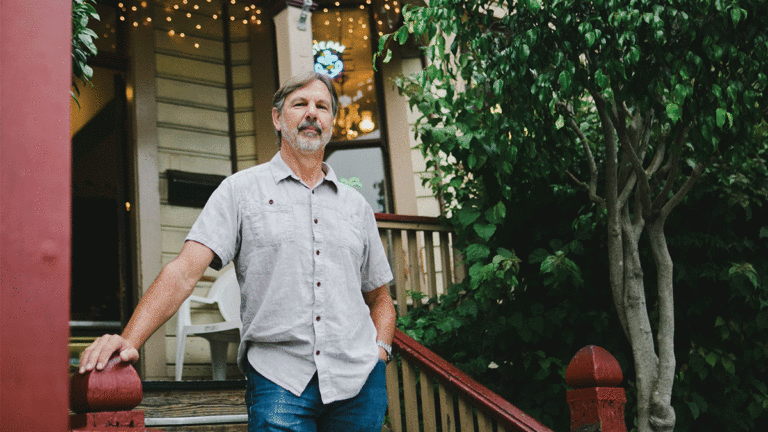

 When we started
When we started


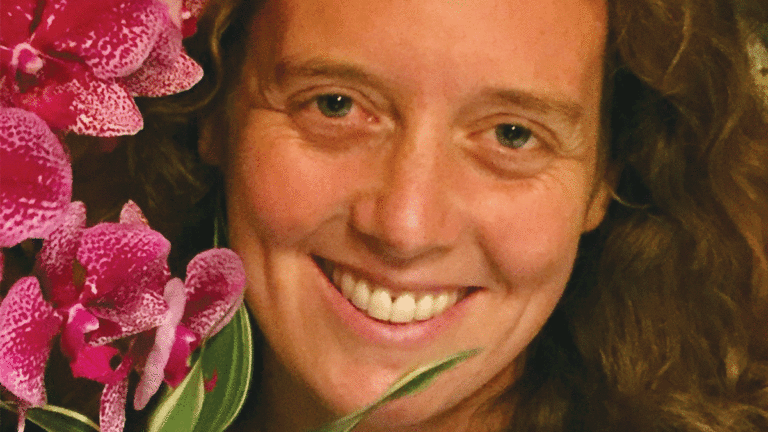

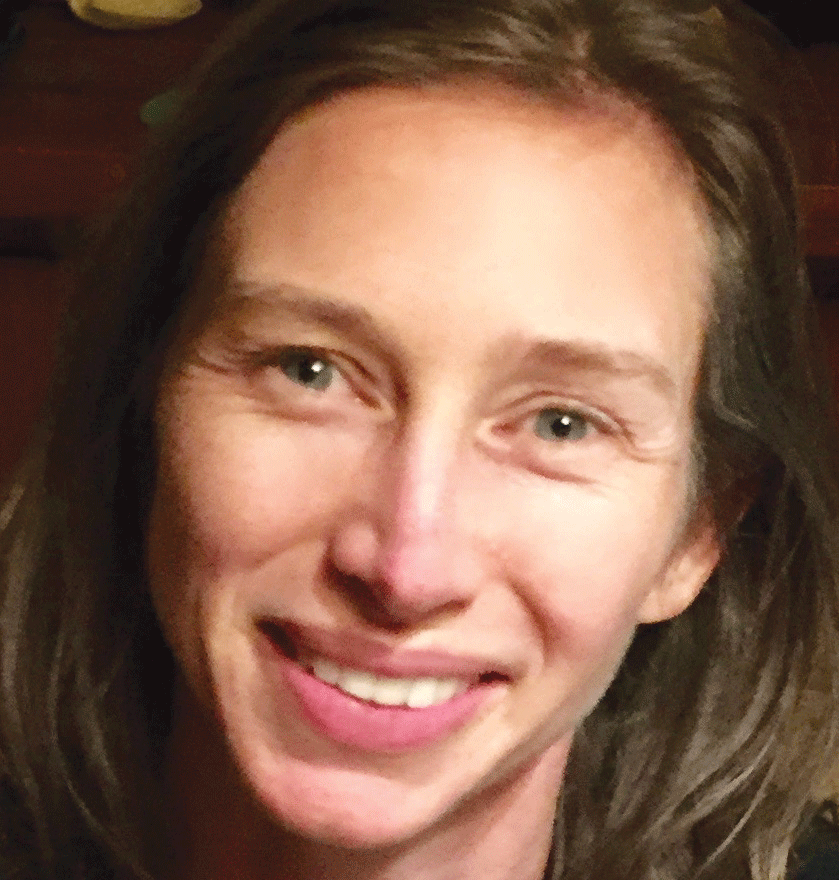
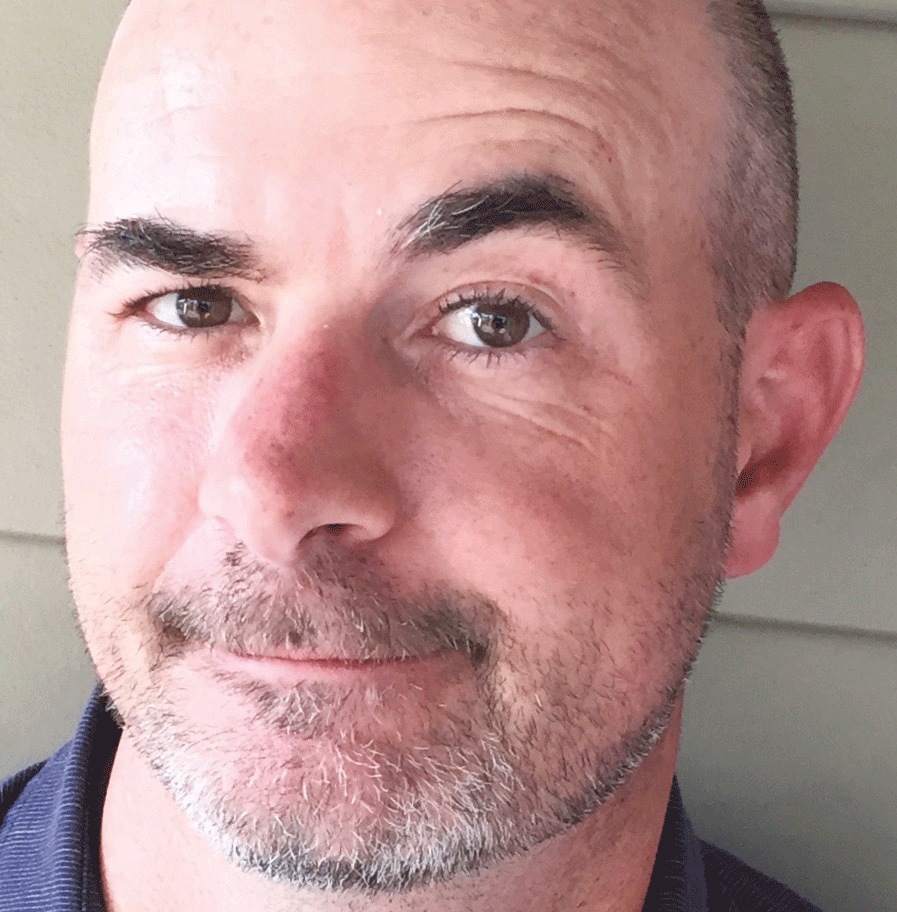
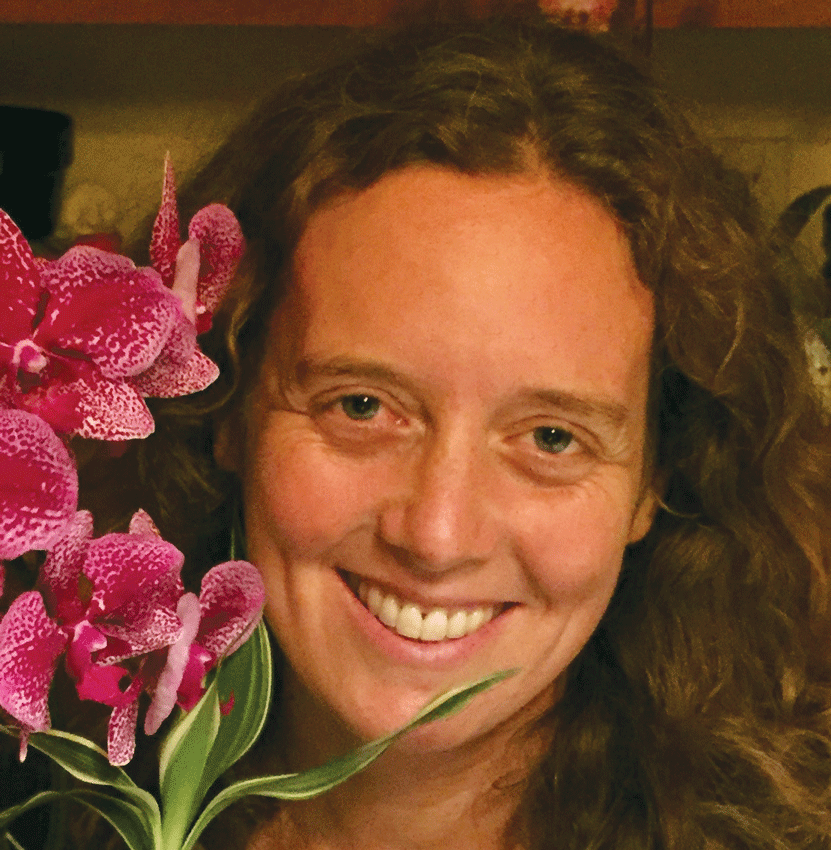


 There are few places along the California coast still relatively untouched by humankind, and Santa Cruz’s Younger Lagoon Reserve is one of them. As one of only a few private wetlands in the state, the Younger Lagoon tours aren’t to be missed. The 72-acre UC natural reserve plot boasts a variety of habitats, including fresh and saltwater marshes, bluffs, and grasslands that are home to a plethora of native species. Excursions only happen twice per month and are limited to groups of 12, so early registration is a must.
There are few places along the California coast still relatively untouched by humankind, and Santa Cruz’s Younger Lagoon Reserve is one of them. As one of only a few private wetlands in the state, the Younger Lagoon tours aren’t to be missed. The 72-acre UC natural reserve plot boasts a variety of habitats, including fresh and saltwater marshes, bluffs, and grasslands that are home to a plethora of native species. Excursions only happen twice per month and are limited to groups of 12, so early registration is a must. The Santa Cruz Art League is featuring a month-long juried exhibit spotlighting California landscape work ranging from oil and acrylic to watercolor, pastel and mixed media. The show will include works from 56 California artists, showcasing the seashore, desert and mountains across the state’s 840 golden miles. Artist and UCSC professor Frank Galuszka is the juror, and will grant $2,000 in awards to select artists. Following the opening, there will be a reception on Aug. 19 with snacks and a discussion on why artists paint landscapes and contemporary regional art.
The Santa Cruz Art League is featuring a month-long juried exhibit spotlighting California landscape work ranging from oil and acrylic to watercolor, pastel and mixed media. The show will include works from 56 California artists, showcasing the seashore, desert and mountains across the state’s 840 golden miles. Artist and UCSC professor Frank Galuszka is the juror, and will grant $2,000 in awards to select artists. Following the opening, there will be a reception on Aug. 19 with snacks and a discussion on why artists paint landscapes and contemporary regional art.  You aren’t a true craft beer connoisseur until you have sampled more than 80 local brews while simultaneously playing bocci ball and eating garlic fries. (OK, maybe you don’t have to sample
You aren’t a true craft beer connoisseur until you have sampled more than 80 local brews while simultaneously playing bocci ball and eating garlic fries. (OK, maybe you don’t have to sample  TEDx events are smaller scale independent events based on the famous TED talk concept. Coupled with Merit Academy student projects, this event brings students, faculty and the community together to showcase sustainability-based projects from the sciences and humanities. Speakers will tackle topics varying from overpopulation and climate change to racism and democracy.
TEDx events are smaller scale independent events based on the famous TED talk concept. Coupled with Merit Academy student projects, this event brings students, faculty and the community together to showcase sustainability-based projects from the sciences and humanities. Speakers will tackle topics varying from overpopulation and climate change to racism and democracy. 
















